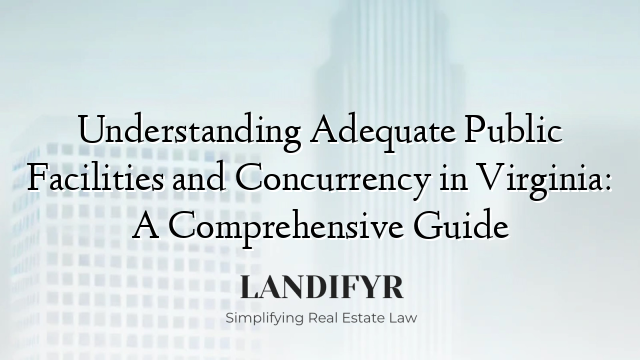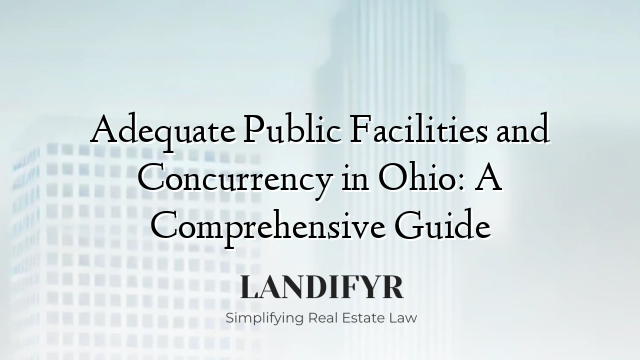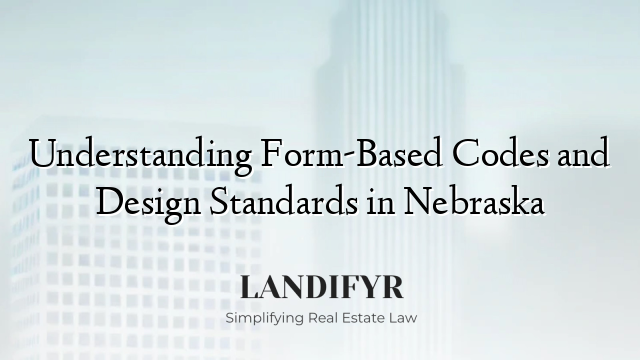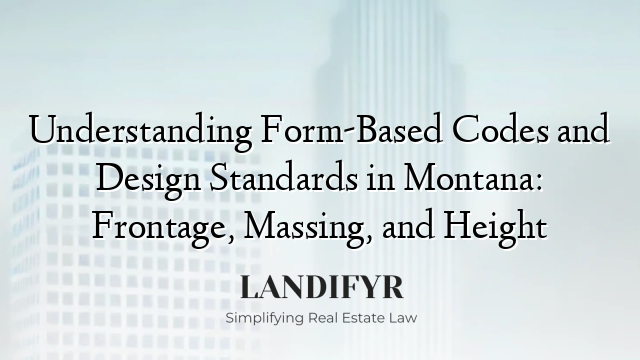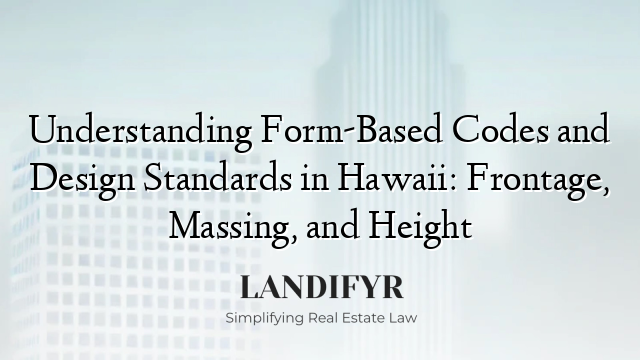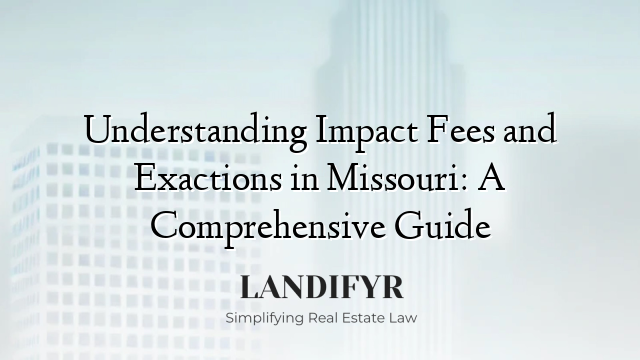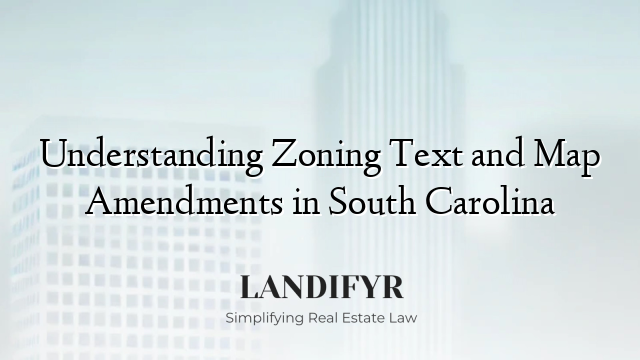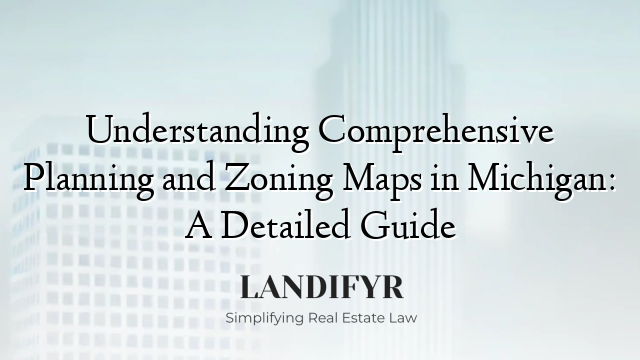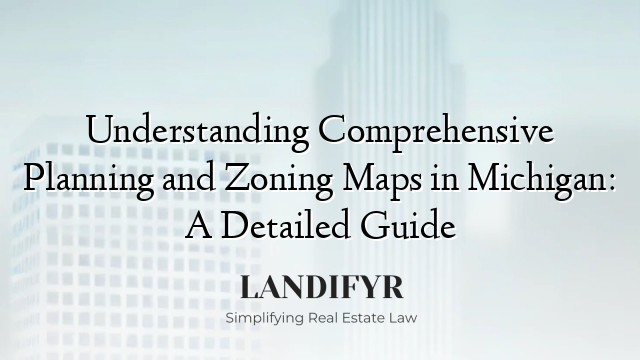Understanding Adequate Public Facilities and Concurrency in Virginia: A Comprehensive Guide
Introduction to Adequate Public Facilities and Concurrency Adequate public facilities (APF) and concurrency are essential concepts in urban planning, particularly within the context of Virginia. APF refers to the minimum standards established for public services and infrastructure that must be met to support new development projects. These facilities encompass a range of infrastructures, including schools, […]
